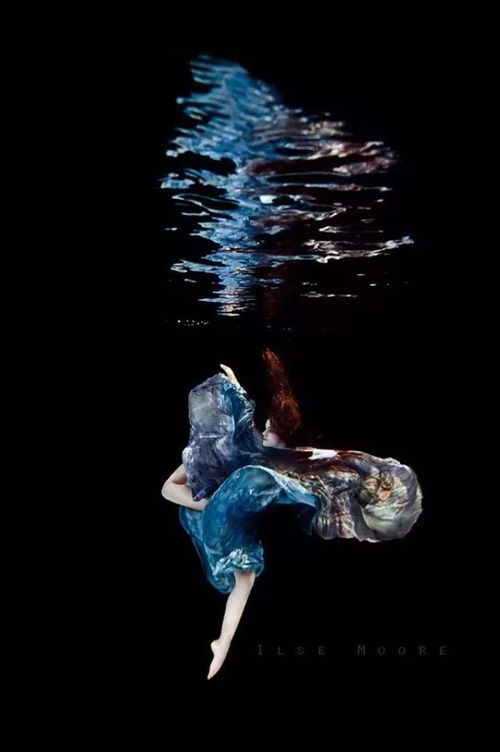Content:
Introduction: The allure of catching a big fish at the water's edge is a dream for many anglers. Whether you're targeting bass, catfish, or any other species, mastering the art of fishing in this environment requires a unique set of skills and techniques. In this article, we will delve into the secrets of how to fish for big fish at the water's edge, offering you valuable tips and strategies to increase your chances of success.
Choose the Right Spot: The first step in catching big fish at the water's edge is to find the perfect spot. Look for areas where the water meets the shore, as these zones are often rich in food and cover. Pay attention to areas with structural changes, such as rocks, logs, or weed beds, as these can provide hiding spots for big fish.

Understand the Behavior of Big Fish: Big fish tend to be more cautious and less active than smaller fish. They often feed during low-light conditions, such as early morning or late evening. To increase your chances of catching a big fish, try to fish during these times. Additionally, big fish may be more attracted to slower-moving baits or lures, so consider using a slower retrieve or presentation.
Use the Right Gear: To effectively fish at the water's edge, you'll need the right gear. A medium-heavy to heavy-duty rod and reel combination is ideal for handling big fish. The rod should have a fast-action tip for sensitivity and a strong backbone to handle the fight. Choose a line that is both strong and flexible, with a breaking strength of at least 20 pounds for larger species.
Select the Right Baits and Lures: When targeting big fish at the water's edge, it's important to use baits and lures that mimic natural prey. Live bait, such as worms, crayfish, or minnows, can be highly effective. Artificial lures, such as spinnerbaits, crankbaits, or topwater baits, can also work well. Experiment with different sizes, colors, and shapes to see what the fish prefer in your particular fishing spot.
Present Your Bait or Lure Properly: The way you present your bait or lure can make a significant difference in your success rate. When fishing at the water's edge, try to keep your movements subtle and natural. For live bait, allow it to drift naturally in the current, or gently twitch it to mimic the actions of its natural prey. With artificial lures, vary your retrieve speed and cadence to entice big fish to strike.
Pay Attention to the Water Conditions: Water conditions can greatly impact your fishing success. On windy days, fish may move closer to the shore for protection. On calm days, they may venture further out. Additionally, water temperature, clarity, and depth can influence where big fish are likely to be found. Keep an eye on these factors and adjust your tactics accordingly.
Be Patient and Persistent: Catching big fish at the water's edge often requires patience and persistence. Big fish are not as easy to catch as smaller ones, and they may take time to respond to your lure or bait. Stay focused, and don't get discouraged if you don't catch anything right away. Remember that big fish are often more cautious, so it's important to give them time to investigate and decide to bite.
Learn from Others: Observing and learning from other anglers can be incredibly valuable. Join local fishing clubs or attend fishing tournaments to gain insights from experienced anglers. You can also seek advice from fishing guides or join online forums to share tips and stories with fellow anglers.
Conclusion: Catching big fish at the water's edge can be a challenging but rewarding experience. By understanding the behavior of big fish, choosing the right gear and baits, and applying effective techniques, you can increase your chances of success. Remember to be patient, persistent, and open to learning from others. With the right approach, you'll be well on your way to reeling in those majestic big fish at the water's edge. Happy fishing!












